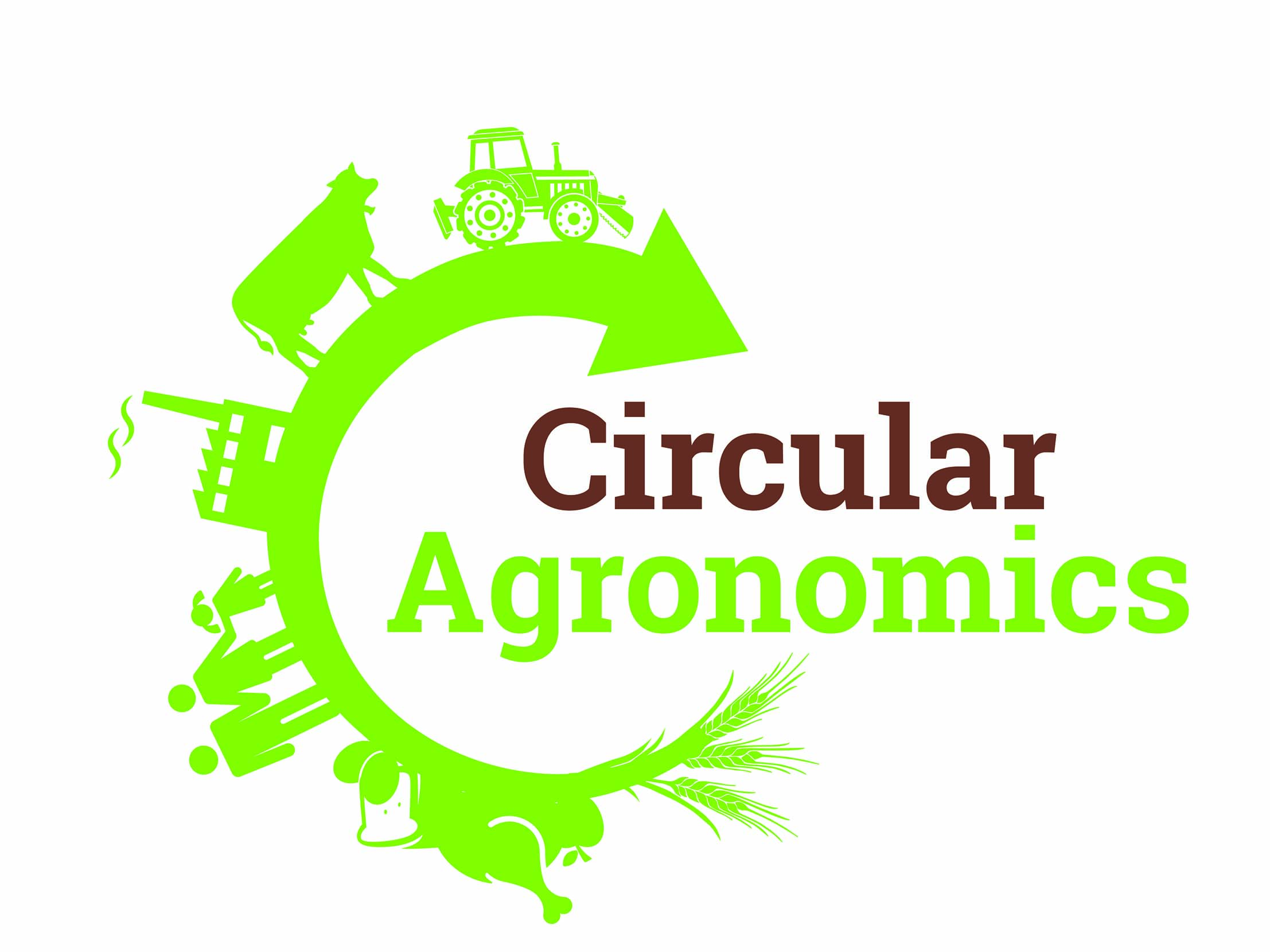Meeting the ever-growing global demand for food has traditionally occurred through the expansion and intensification of agricultural production. However, these practices resulted in significant environmental impacts. Today, the food value chain is responsible for significant amounts of greenhouse gas emissions (approximately 26% of global anthropogenic emissions) and eutrophication (approximately 78% of global emissions).
The EU project “Circular Agronomics” therefore aims to evaluate practical and technical solutions to improve the current C, N and P cycle in European agricultural systems using life cycle assessment. The project includes six case studies from different regions of the European Union (Catalonia, Brandenburg, Lungau, Emilia-Romagna, Gelderland and South Moravia) in which ten different experiments were carried out to test the practical and technical solutions.
The experiments were then assigned to three strategies targeting different areas of agricultural production:
- Nutrient management in crop production
- Nutrient management in animal production
- Waste management and nutrient/carbon recovery
Nutrient management in crop production
This strategy includes three experiments that examined different management parameters to increase nutrient efficiency in crop production. The results show that higher N fertilization leads to higher yields, but at the same time increases emissions, which is even more pronounced in a dry climate. Regarding the timing of fertilization, the lowest emissions were recorded four weeks after sowing, which can be explained by the higher N requirements of the plants at this stage. In addition, a test of different tillage regimes showed that the minimal tillage variant is the most favorable in terms of environmental impact per kg of crop.
Nutrient management in animal production
Two experiments were attributed to this strategy, one of which showed the positive effects of “precision feeding” in terms of reducing greenhouse gas emissions and eutrophication due to a needs-based nutrient supply. Furthermore, the second experiment showed that the extensive management of organic dairy farms can be very efficient in terms of eutrophication if the management intensity corresponds to the natural production potential of the farms' agricultural area.
Waste management and nutrient/carbon recovery
The remaining five experiments examined improvements in waste management and nutrient/carbon recovery by using waste streams as potential nutrient sources. Of the three digestate treatment concepts examined, microfiltration/microscreening had the lowest environmental impact. As far as nutrient recovery is concerned, struvite technology can recover and then recycle nutrients with comparatively low environmental impact. Compared to centrifuges, membrane technology appears to be an energy-saving alternative for separating whey for carbon sequestration.
team

Dr. Florian Grassauer
former research assistant
Dr. Markus Herndl
Soil Science and Lysimetry Department, Head of the Eco-Efficiency Research Group
Dr. Thomas Guggenberger, MSc
Head of the Institute for Livestock ResearchSimilar projects
2457: FarmLifeCF
Nutrient flows and environmental impacts of circular milk production in an extensive grassland area
2018 - 2022, Herndl Markus






